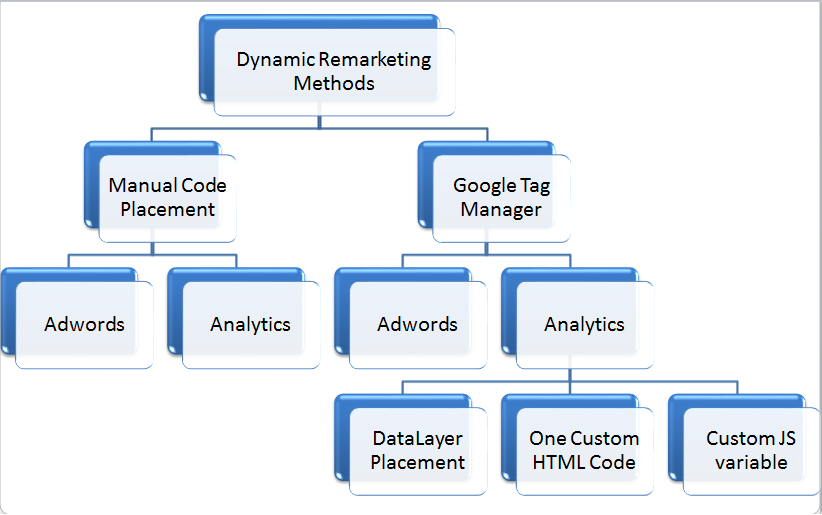Harnessing Remarketing in Google Analytics: A Comprehensive Guide
Utilizing remarketing in Google Analytics uses businesses a tactical side in getting to out to prospective consumers. This guide will drop light on the necessary steps involved in harnessing the full capacity of remarketing in Google Analytics, leading to improved advertising end results.
Recognizing Remarketing in Google Analytics
Remarketing in Google Analytics allows companies to strategically target users that have formerly communicated with their internet site or mobile application. By leveraging information from Google Analytics, businesses can produce personalized remarketing lists based upon individual habits, such as pages visited, activities taken, or specific objectives accomplished. This effective tool allows businesses to re-engage with individuals who have revealed passion in their services or products, eventually increasing the chance of conversion.
Comprehending the various kinds of remarketing approaches is essential for an effective project - What Is “Remarketing” In Google Analytics?. Google Analytics supplies numerous options, including standard remarketing, vibrant remarketing, and remarketing lists for search ads (RLSA) Each kind serves an one-of-a-kind function and can be tailored to satisfy specific marketing objectives
Moreover, evaluating the performance of remarketing campaigns is essential for maximizing results. Google Analytics offers useful insights into the effectiveness of various remarketing strategies, allowing services to make data-driven choices and refine their targeting approach. By continually readjusting and checking remarketing initiatives based on analytics data, services can take full advantage of ROI and drive success in their advertising campaigns.
Establishing Remarketing Projects

After establishing up audience listings, the following step is to link Google Analytics with Google Advertisements. By linking these two platforms, companies can flawlessly transfer audience lists from Google Analytics to Google Ads for remarketing functions. This combination allows for more accurate targeting and better project performance.
As soon as the accounts are connected, organizations can create remarketing campaigns in Google Advertisements using the audience lists previously defined in Google Analytics. These campaigns can be personalized with particular advertisement creatives, messaging, and bidding techniques to efficiently re-engage with past site visitors and drive conversions. By adhering to these steps, companies can utilize the power of remarketing to boost their advertising efforts and enhance ROI.
Using Audience Segmentation Strategies

Predefined sectors in Google Analytics enable you to rapidly examine typical target market categories like new customers, returning individuals, or users click over here who completed a particular objective on your website. Custom segments, on the other hand, enable you to create unique segments based on particular criteria that are vital to your service goals. Dynamic remarketing lists automatically adjust based upon customer habits, revealing tailored advertisements to individuals that have engaged with your website in certain methods.
Analyzing Remarketing Efficiency Metrics
Upon examining the effectiveness of remarketing projects in Google Analytics, the evaluation of key performance metrics offers important insights right into target market interaction and conversion prices. By delving right into metrics such as click-through prices (CTR), conversion prices, price per acquisition (CPA), and return on ad spend (ROAS), marketing professionals can assess the success of their remarketing initiatives. Assessing these metrics allows marketers to enhance campaigns, fine-tune target market targeting, and allocate spending plans successfully to enhance total remarketing performance.
Optimizing Remarketing Methods
When refining remarketing approaches in Google Analytics, concentrating on target market segmentation is paramount for accomplishing campaign success. By splitting your audience into particular segments based upon their habits, demographics, or rate of interests, you can customize your ads better to every team. This click here for info targeted strategy increases the chance of involving users who have already revealed interest in your services or products, bring about greater conversion prices.
Another vital facet of optimizing remarketing approaches is continuously testing and refining your campaigns (What Is “Remarketing” In Google Analytics?). A/B screening various ad creatives, messaging, or offers can assist you recognize what reverberates finest with your audience and drives one of the most conversions. By examining the efficiency of these tests in Google Analytics, you can make data-driven decisions to optimize your remarketing initiatives additionally
Furthermore, leveraging dynamic remarketing can significantly improve your project results. This function allows you to show customized advertisements to customers based on their previous communications with your web site, showcasing solutions or items they have previously watched. By supplying tailored web content to users based on their actions and interests, vibrant remarketing can help enhance engagement and drive conversions.
Verdict
To conclude, utilizing remarketing in Google Analytics is a critical technique to target individuals that have formerly involved with a website. By creating customized audience lists and using audience division techniques, services can maximize remarketing advocate increased conversion prices. Evaluating try this website efficiency metrics and continuously maximizing approaches are essential for optimizing the performance of remarketing efforts.
Google Analytics provides numerous choices, including basic remarketing, vibrant remarketing, and remarketing lists for search advertisements (RLSA)After establishing up target market lists, the next action is to connect Google Analytics with Google Ads. By connecting these 2 systems, organizations can seamlessly transfer audience listings from Google Analytics to Google Advertisements for remarketing purposes.Once the accounts are connected, services can produce remarketing campaigns in Google Ads making use of the audience provides formerly defined in Google Analytics.When refining remarketing strategies in Google Analytics, focusing on target market division is paramount for accomplishing project success.